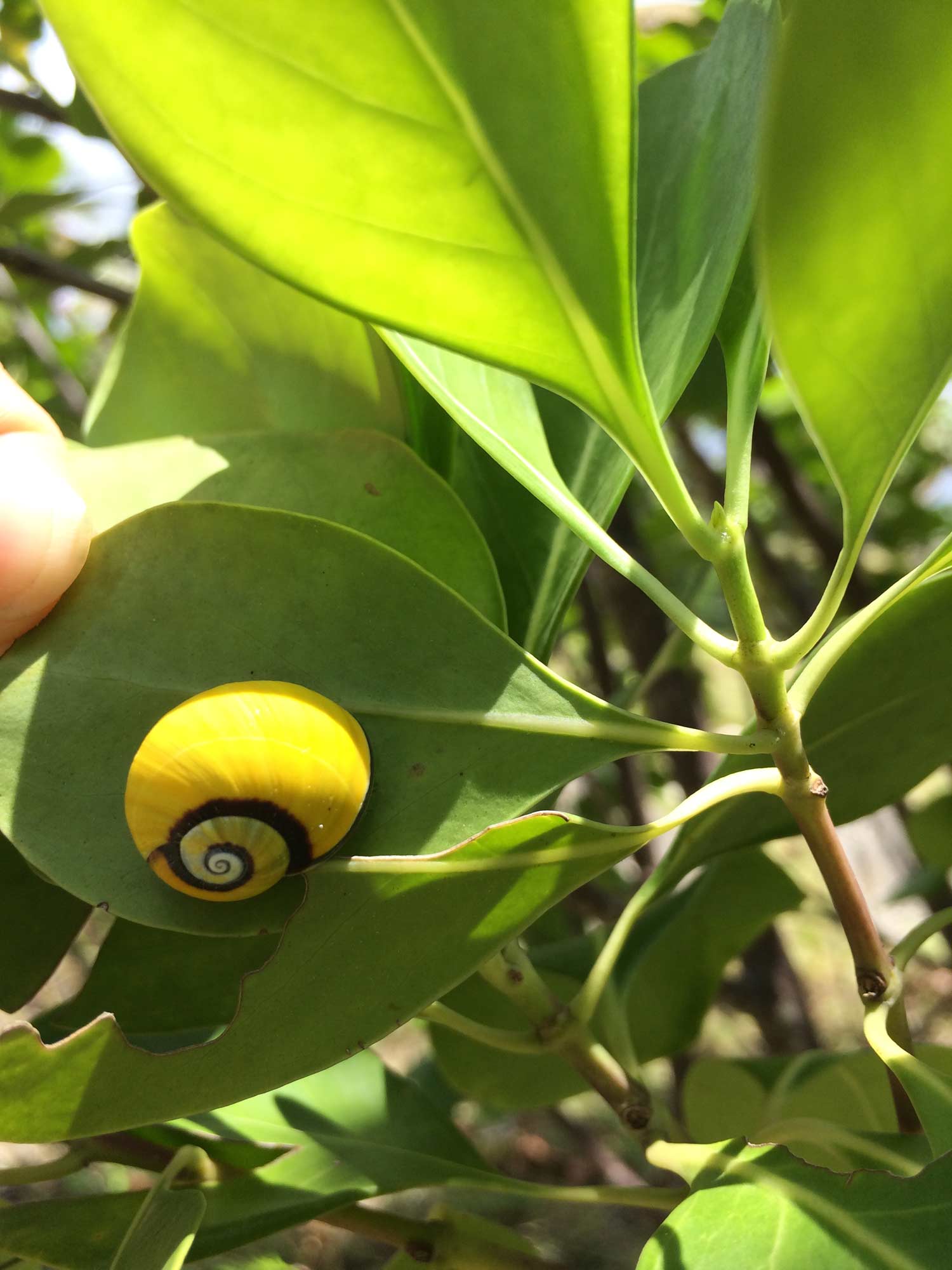Blog
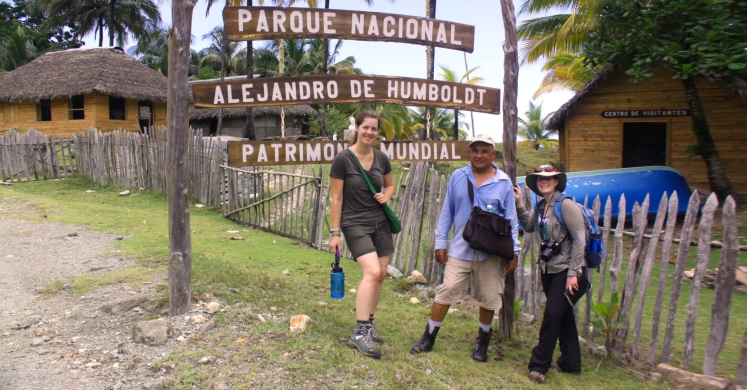
National Parks and Conservation in Cuba
We headed out early this morning to get to Parque Nacional Alejandro de Humboldt. It took us a little over an hour by car on back roads, crossing a few bridges and rivers to get there. We crossed Rio Toa, the largest river in Cuba by volume, which our guide said was in the same volume category as the Amazon River. Toa is the backbone of the Cuchilla del Toa Biosphere Reserve, which falls within the Nipe-Sagua-Baracoa mountain range.
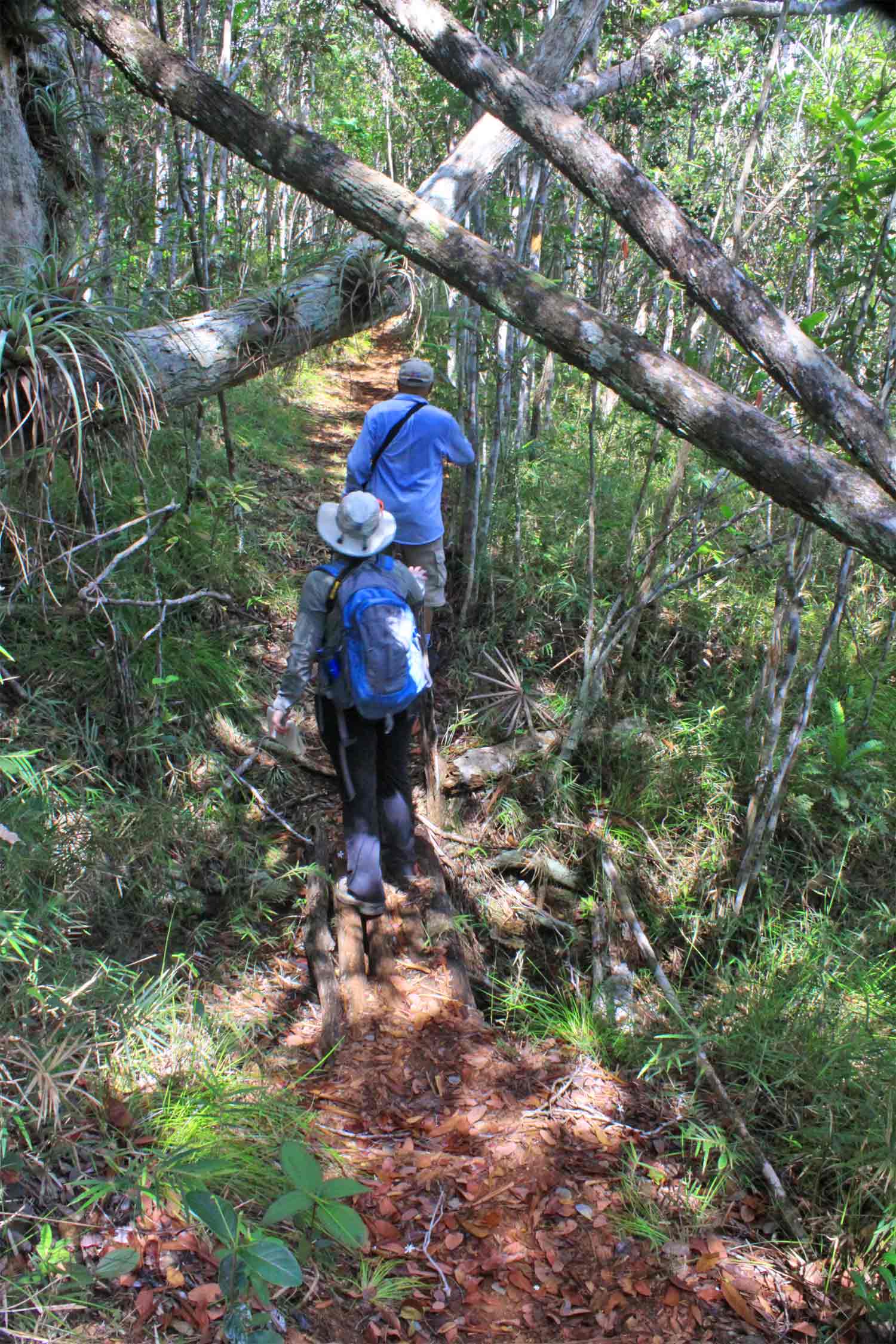
We started the hike on the trail which began just past a small farm and home. We barely got five steps down the path when our guide, Rafael, pointed out the first of many endemic plants in the region. Locally known as maboa, this plant has caustic latex that can burn and permanently scar the skin. We continued on, seeing other endemics including Pinus cubensis, Bactris cubensis, Quercus (roble), Croton baraquensis, Adenoa nipensis and cubensis, Dracaena cubensis and Casasia nigrasens.
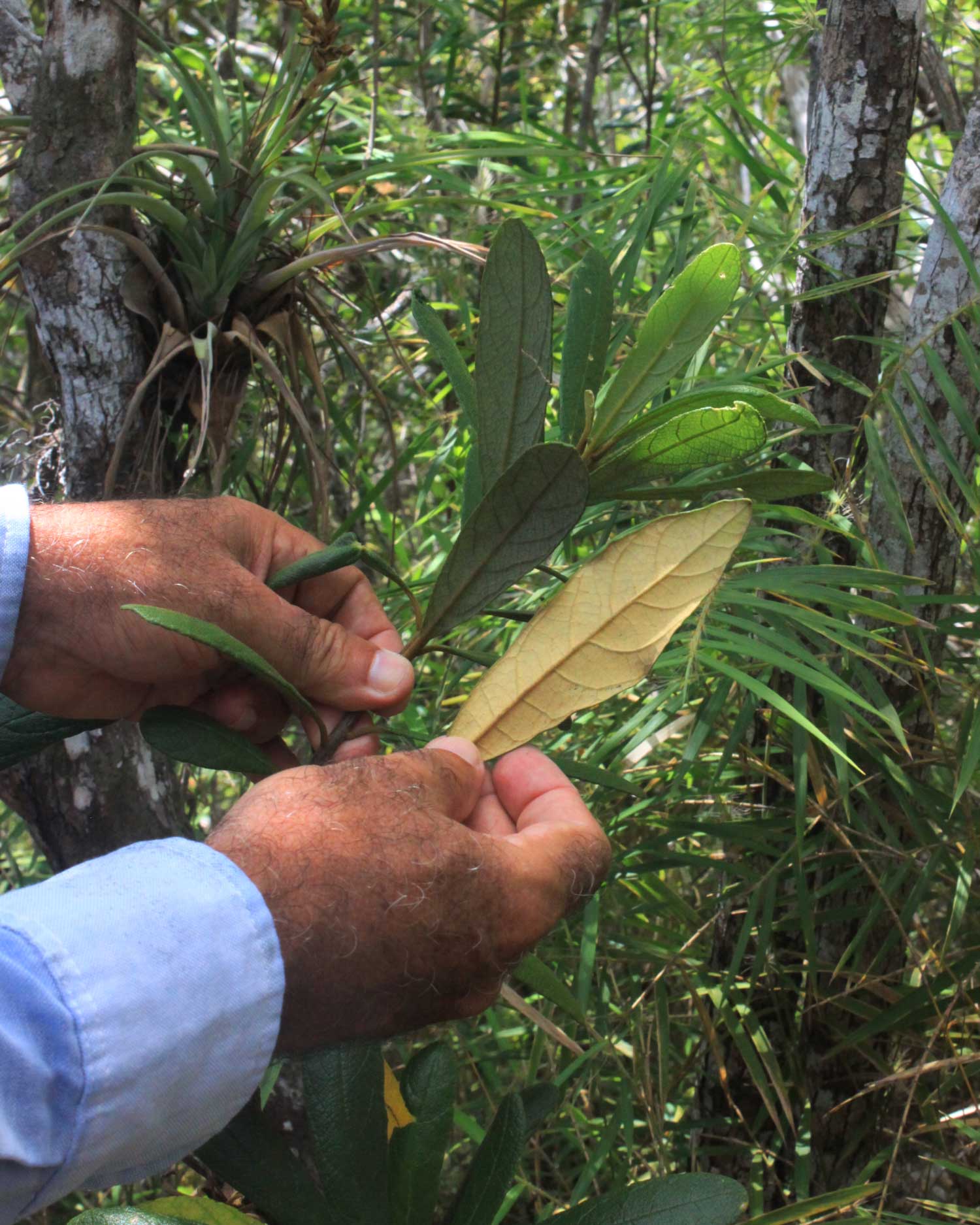
We are seeing a pattern with the endemic species names: either they are named after the Nipe-Sagua-Baracoa mountain range, or after the country itself. We were also introduced to Coccothrinax alexandrii, named after Alejandro de Humboldt.
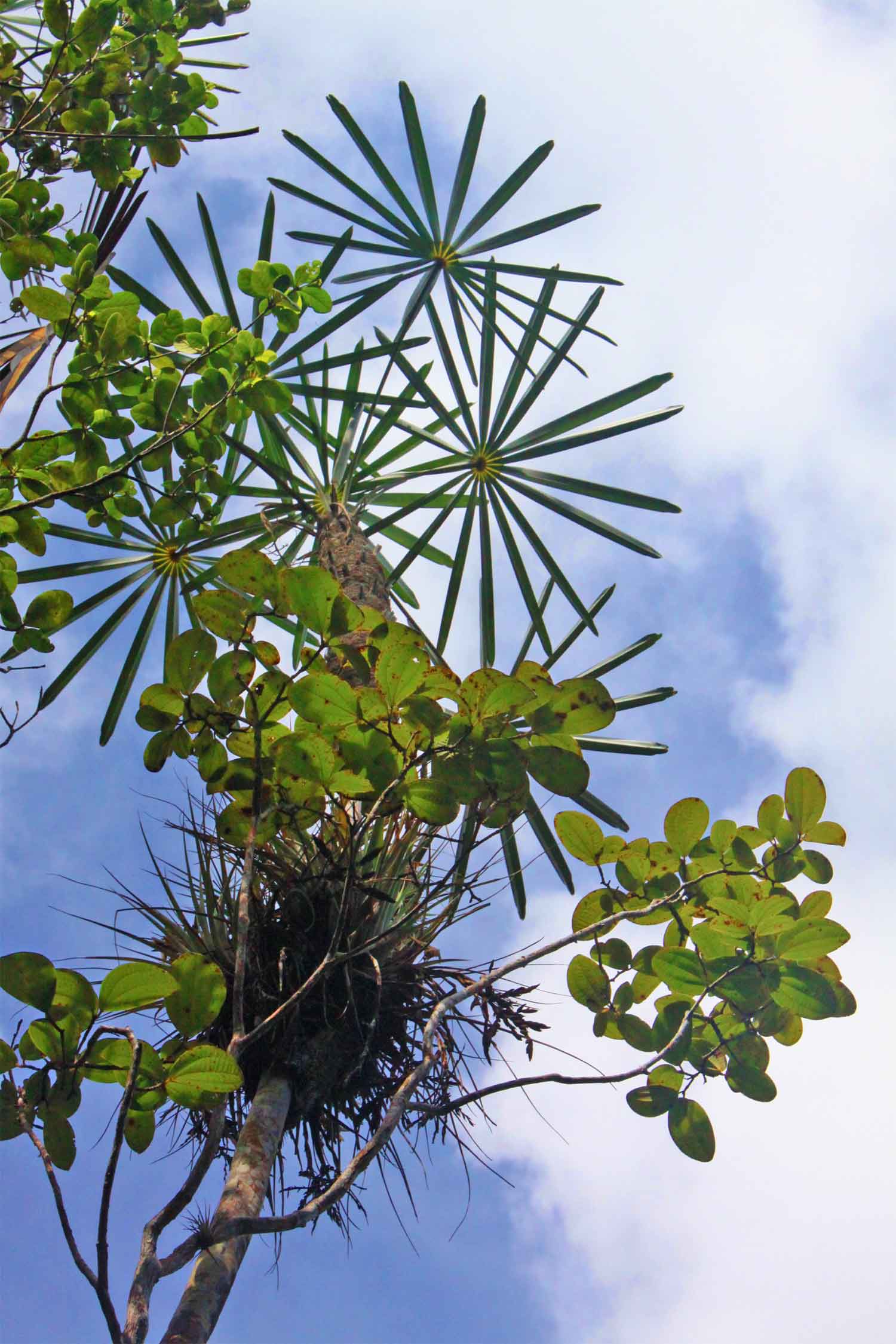
Another unique Coccothrinax is the uruguano species, with a trunk that has the attractive appearance of nicely woven fiber.
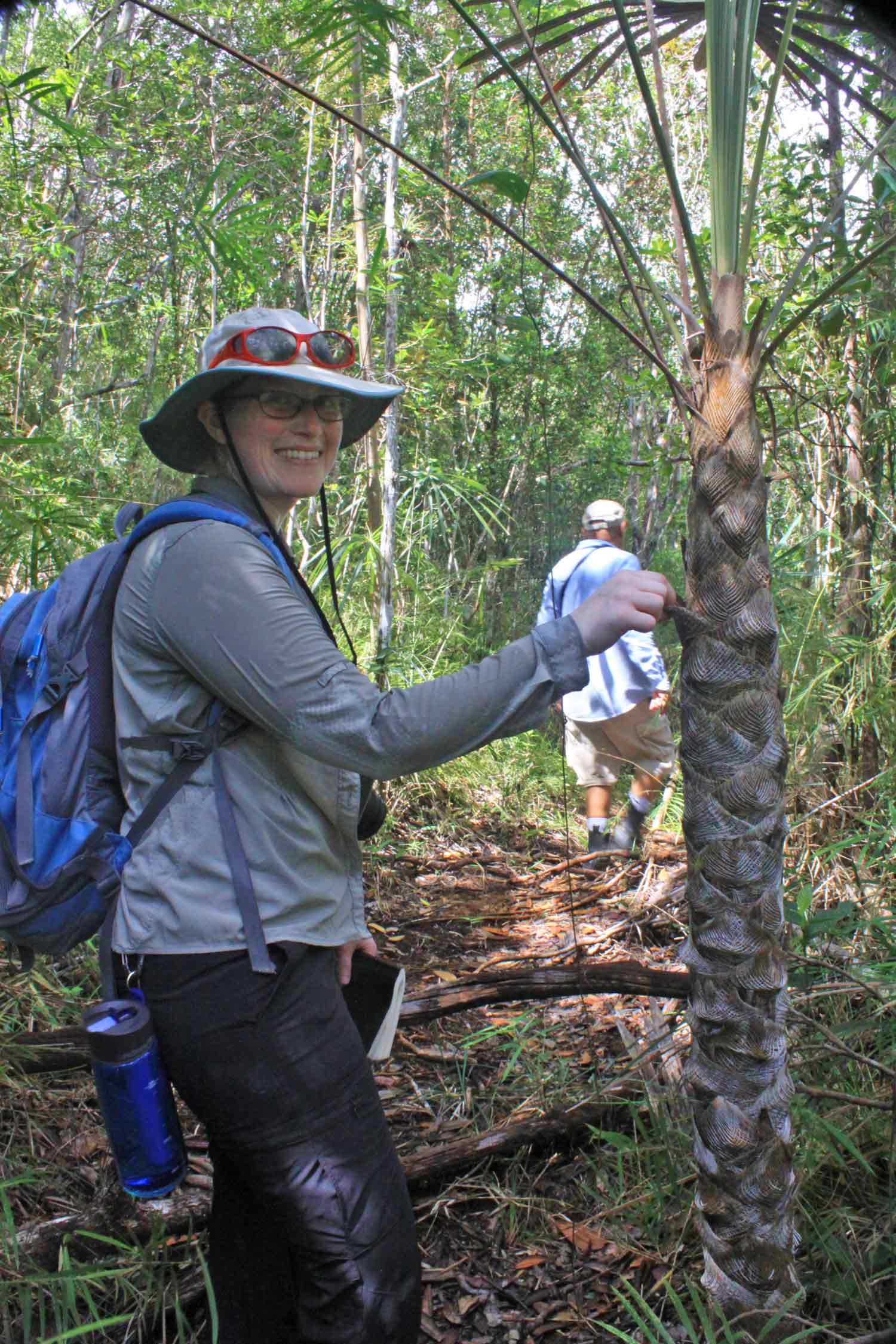
The trail became more difficult mid-way through, with steep climbs up and down that required grasping a few crude “hand rails” made out of saplings and anything else we could hold onto. We crossed over small ravines on cut planks and traversed streams by jumping from one rock to another.
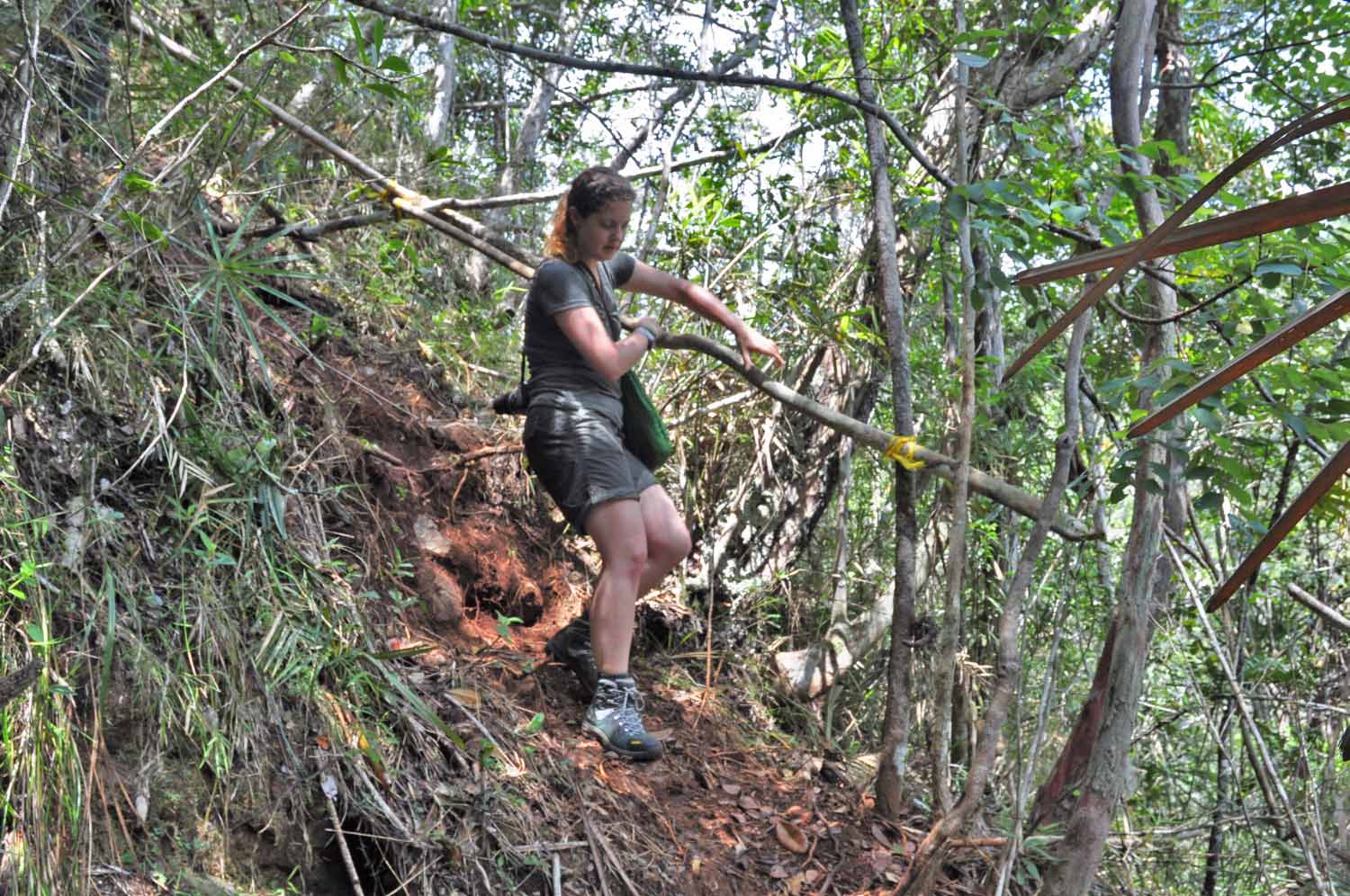
We finally reached a clearing with a small waterfall cascading into a clear pool. We could see just a few tiny fish swimming around, and some small shrimp climbing over the rocks. The water felt refreshing, we splashed our hands in the water and on our faces to cool off a bit. We continued the hike, seeing species of Podocarpus, Euphorbia, Casiaria, Myrica and Glabragina. We also saw a small, blue flower that looked like porterweed called verbena azul.
After the hike, our guide joined us at a local outdoor café that served food prepared in the traditional Cuban style. It included soup served in a half a bamboo stalk (like a boat), and a main dish of either catfish or pork with a side of rice and potatoes. The café was very colorful and inviting, decorated with fresh cut Ixora and Allamanda flowers hanging on woven palm fronds.
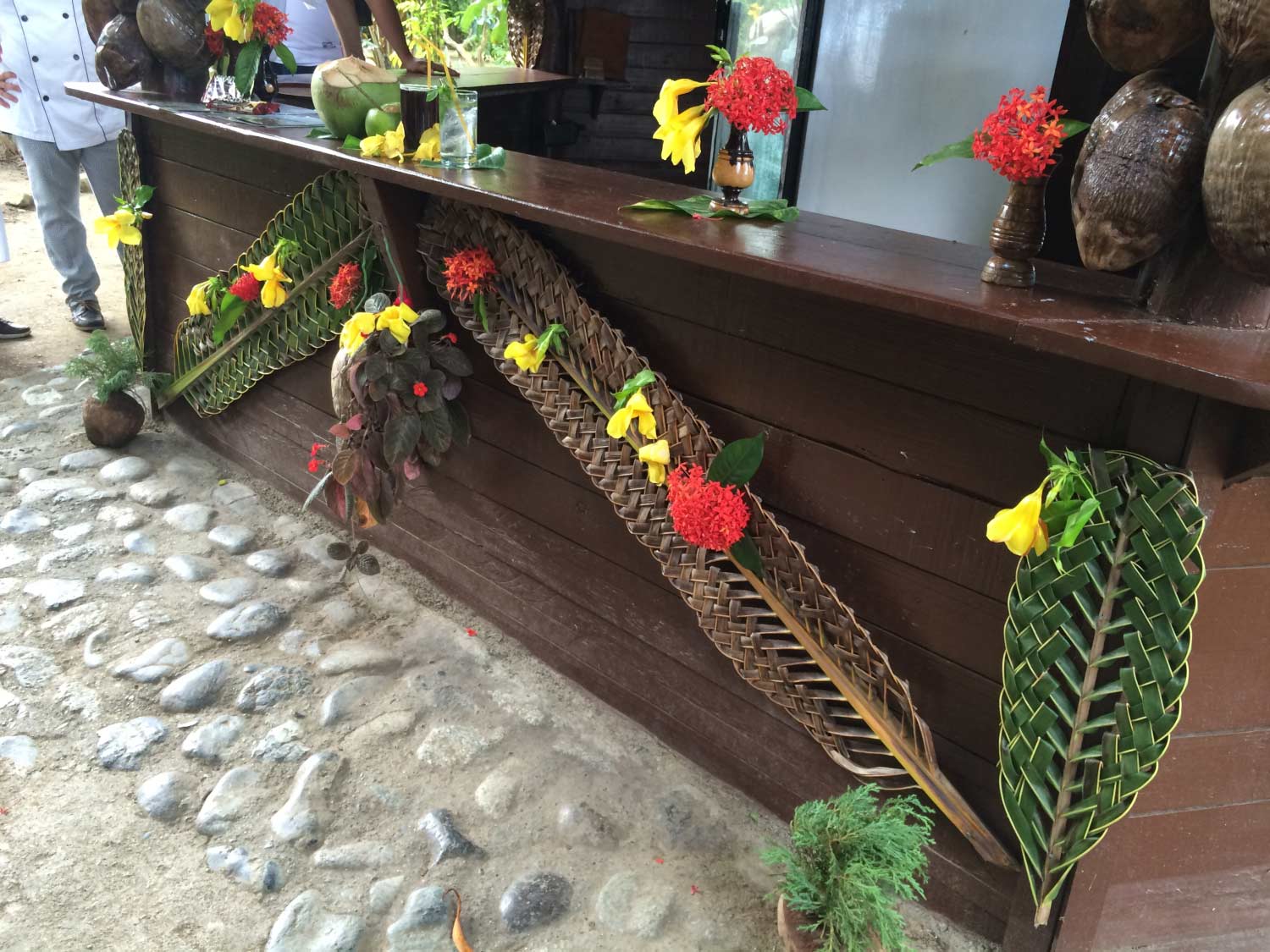
Over lunch, Rafael told us about the conservation efforts in the community. He manages the community outreach programs to educate locals on which flora and fauna need to be protected and which are on the endangered list and are illegal to harvest or kill. He and his colleagues go to local festivals to help spread the message; they will be going to the festival of fishermen shortly to educate both fishermen and locals on which fish are best to catch, and which other types of marine life – such as octopus – are good alternatives so the fish aren’t overharvested. Rafael also works directly with the community to ensure that the forest is protected and the endemic species are conserved, and he says the message is well received by locals.
